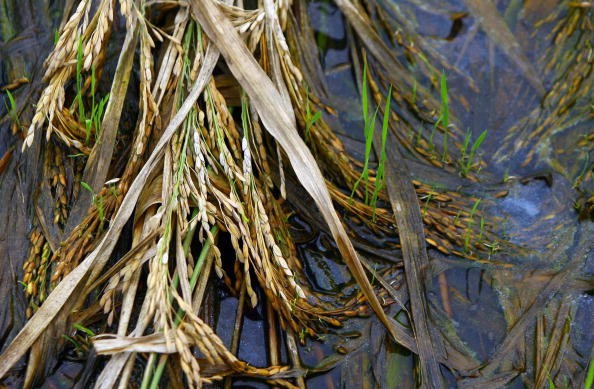Farmers in northwest New South Wales must act quickly as a wall of floodwater approaches them. Farm crop losses brought on by widespread flooding are made worse by rising fertilizer, gasoline, and herbicide prices.

Will Ricardo, a farmer in Collarenebri, has been working nonstop to strip his canola, but he claims it is a race against time since a "wall of water" is approaching from Moree.
The remainder will probably float away with the floodwater, predicts Ricardo, "We'll probably get half of it off."
Crops Affected
Only a fifth of Ricardo's crops west of Moree is canola. His roughly 5,000 hectares of wheat and barley won't be ready to be removed before the flood.
"We're likely to have one of the worst floods in the next several days. It's sad. The season has only given us that, though.
According to a Department of Agricultural, Fisheries, and Forestry official, it is still too early to provide factual information regarding the cost of the most recent flood damage.
Winter agricultural, horticultural, and dairy production losses have been seen in the worst flood-affected areas. The spokeswoman predicted that farm structures, fencing, and roadways should sustain significant damage.
"While the damage may lower the value of produce across many states, close to record production is anticipated in South Australia and Western Australia, supporting national food and agriculture production."
Read also: Global Weirding: Humans Have Drastically Altered the Climate to the Point of Bringing Chaos
Crop Loss
Farm crop losses brought on by frequent flooding in the eastern states have been made worse over the past 12 months by rising fertilizer, fuel, and herbicides prices, putting more financial strain on farmers.
Fertilizer prices were high because urea's price soared due to a global shortage and competition from the transportation sector. Urea is a significant fertilizer component and a crucial ingredient in the diesel exhaust fluid AdBlue.
Farmers had to prepare for an expensive, slow, and difficult on equipment rainy harvest as a result.
Ricardo estimated that the water damage would cause him to lose "north of $5m." He can't remember exactly how much he spent on fertilizer, but he spent close to $500,000 topping off his crops.
Despite this, Ricardo considered himself fortunate because "perhaps 100% of their crop had been lost" by others. He was content with the meager amount of canola he could silo. Some local farmers could have lost up to 80,000 hectares of wheat.
On its way to Ricardo, water was coming from Moree, one of New South Wales' most important farming communities, where wheat, barley, and cotton were grown. Over the previous week, flooding had affected that area.
Worsening Situation
Since the floodwaters began, Moree agronomic Tony Lockrey has been stranded at home on his property.
"My guess off the desktop was probably a 15% loss of crop volume [in the district], but there'll be a higher loss than that - and the quality of that crop remains to be seen," the author said.
Lockrey calculated that 80-90% of crops were still harvestable east of the Newell Highway but just 40-50% to the west following a flyover in one of his clients' helicopters.
According to Lockrey, the tragedy caused the district's 20% reduction in crop volume over the previous year.
Related Article : Novel Technology May Help Combat Climate Crisis
For similar news, don't forget to follow Nature World News!
© 2025 NatureWorldNews.com All rights reserved. Do not reproduce without permission.





